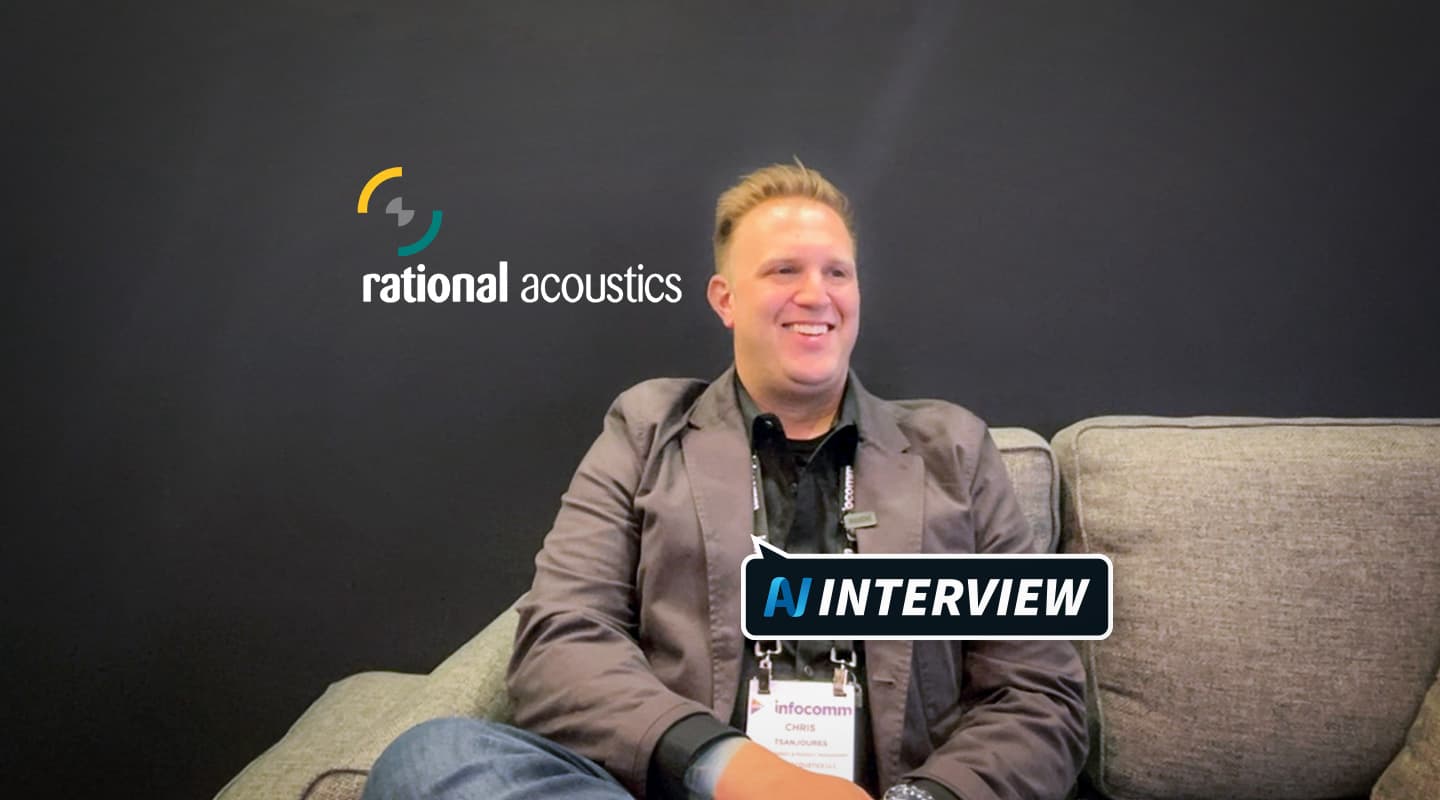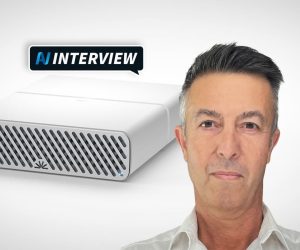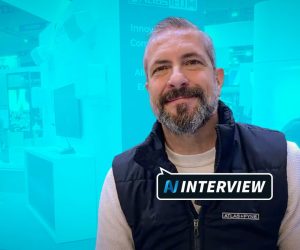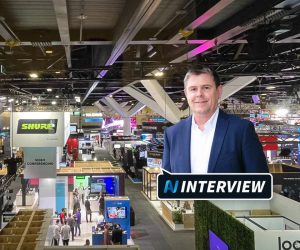
AV Interview: Chris Tsanjoures, Rational Acoustics
Smaart now leverages the smarts of Eclipse Audio’s FIR Designer software
Interview:/ Christopher Holder
Everyone in the live sound universe knows about Smaart, even if they don’t immediately recognise the name of the developer, Rational Acoustics. Rational Acoustics has remained independent since 2008. And regardless of which PA you’re working with, Smaart is acknowledged as the first-name in acoustic measurement.
Interestingly, in Sydney, Eclipse Audio has been working on DSP design software, including the remarkably handy FIR Designer. There were obvious synergies between Rational Acoustics and Eclipse Audio, and Infocomm24 was a good place to make an announcement.
Chris Tsanjoures, Director of Market & Product Management at Rational Acoustics, explains exactly what to expect.
MAKING SMAART SMARTER
AV: What are some new developments with Smaart, particularly your connection with Eclipse Audio?
Chris Tsanjoures: We’ve been aware of Eclipse Audio for some time, especially its FIR Designer product, which is incredibly powerful for creating loudspeaker processor settings. Rational Acoustics has always wanted to incorporate virtual equalization and DSP modelling into Smaart, but developing the necessary filter emulations in-house posed significant challenges.
By partnering with Eclipse Audio, we can now license its filter emulation technology, allowing us to offer virtual EQ and DSP modelling within Smaart. This means our users can take measurements and model DSP channels, applying specific branded IIR filters from manufacturers like Q-SYS, Powersoft, and Lake. This integration significantly streamlines the workflow for sound system optimisation.
AV: Can you describe how this new workflow will benefit users deploying or optimising sound systems?
Chris Tsanjoures: One of the frequent requests we get is to reduce the amount of system measurement required. With Smaart Data Modeler, users can quickly capture the necessary data at various measurement positions and then turn off the system. They can create folders for different system components, which then become DSP channels in Data Modeler.
This allows users to adjust DSP settings, such as polarity, level, delay, and equalization, and push those settings directly to their DSP devices. For instance, with Lake processors, users can export the settings directly with a button press, significantly speeding up the alignment and tuning process.

Eclipse Audio provides IIR filter and export functionality for Rational Acoustic’s Smaart Data Modeler.
“”
For instance, with Lake processors, users can export the settings directly with a button press, significantly speeding up the alignment and tuning process.
AV: How does Eclipse Audio’s software integrate into this workflow to make it easier?
Chris Tsanjoures: Eclipse Audio’s technology allows users to select specific DSP products and apply the exact filters those devices use. This eliminates the hassle of matching filter coefficients and bandwidth definitions, ensuring that the filters created in Smaart match those on the actual DSP device. It simplifies the process and reduces the potential for errors.
AV: Is this just the beginning for this integration?
Chris Tsanjoures: Absolutely. The product has only been out for about a month, and we currently support export to one processor, Lake. We’re also focusing on system processors in the audiovisual designer, installation, and integrator spaces, such as Q-SYS and Symetrix. Our goal is to extend support to a wider range of professional live sound manufacturers. This will enable our users to measure, verify, model, and optimise their systems with Smaart, and then seamlessly push the settings to their DSP devices.
AV: Rational Acoustics has always been brand-agnostic. How does this announcement impact on that reputation?
Chris Tsanjoures: We pride ourselves on providing solutions that work across various brands and systems. Our collaboration with Eclipse Audio enhances our ability to support a diverse range of DSP products. This brand-agnostic approach ensures that we can help users optimise any system to perform at its best, benefiting everyone involved.
AV: How has the user feedback been since these new features were introduced?
Chris Tsanjoures: The feedback has been overwhelmingly positive. One user comment I read online was: ‘the right tool at the right time’. We could have put a simple EQ curve on a trace a long time ago, but we always knew that that wasn’t the right way to do it. Overall, the response has been very encouraging.















RESPONSES